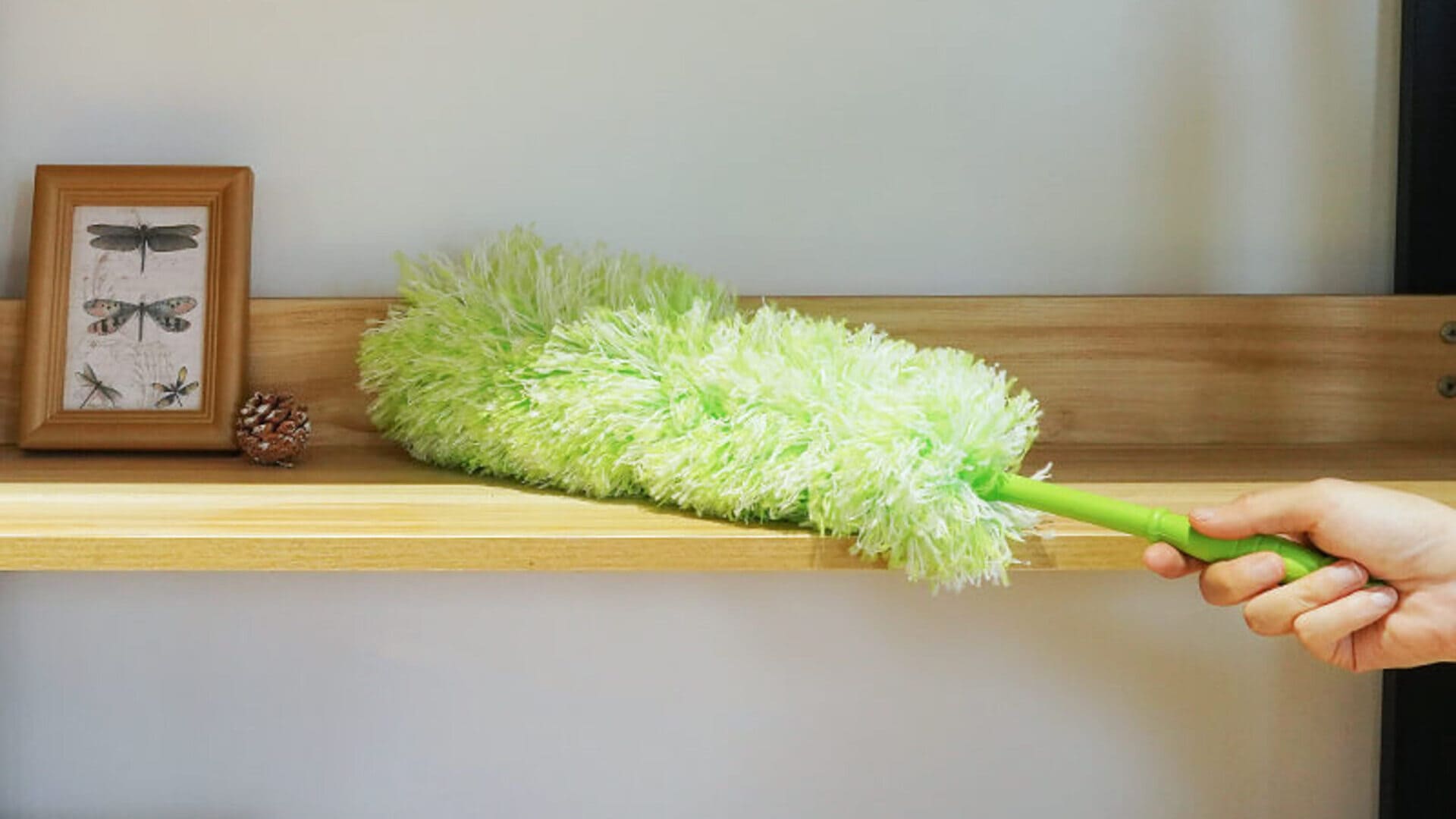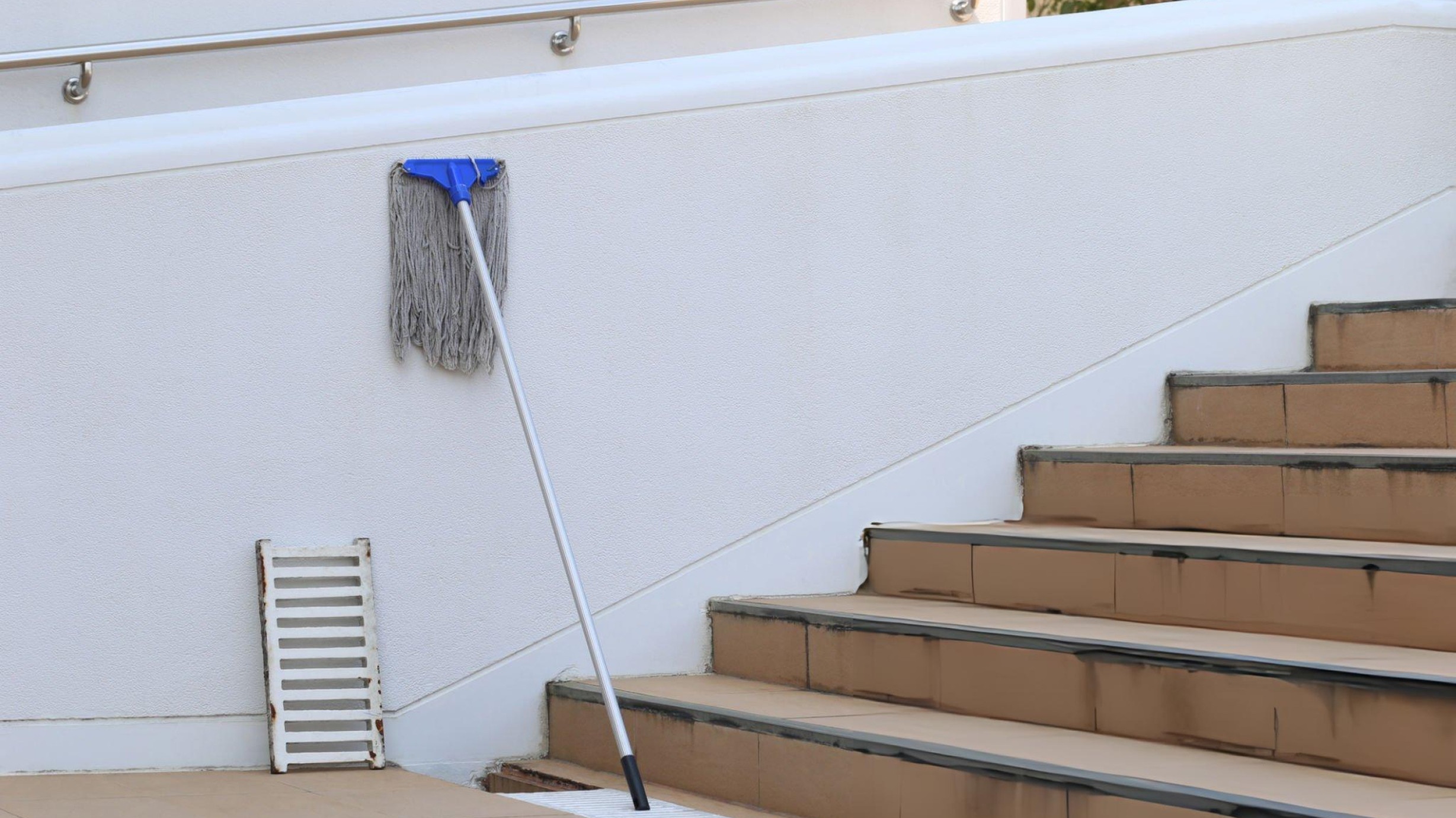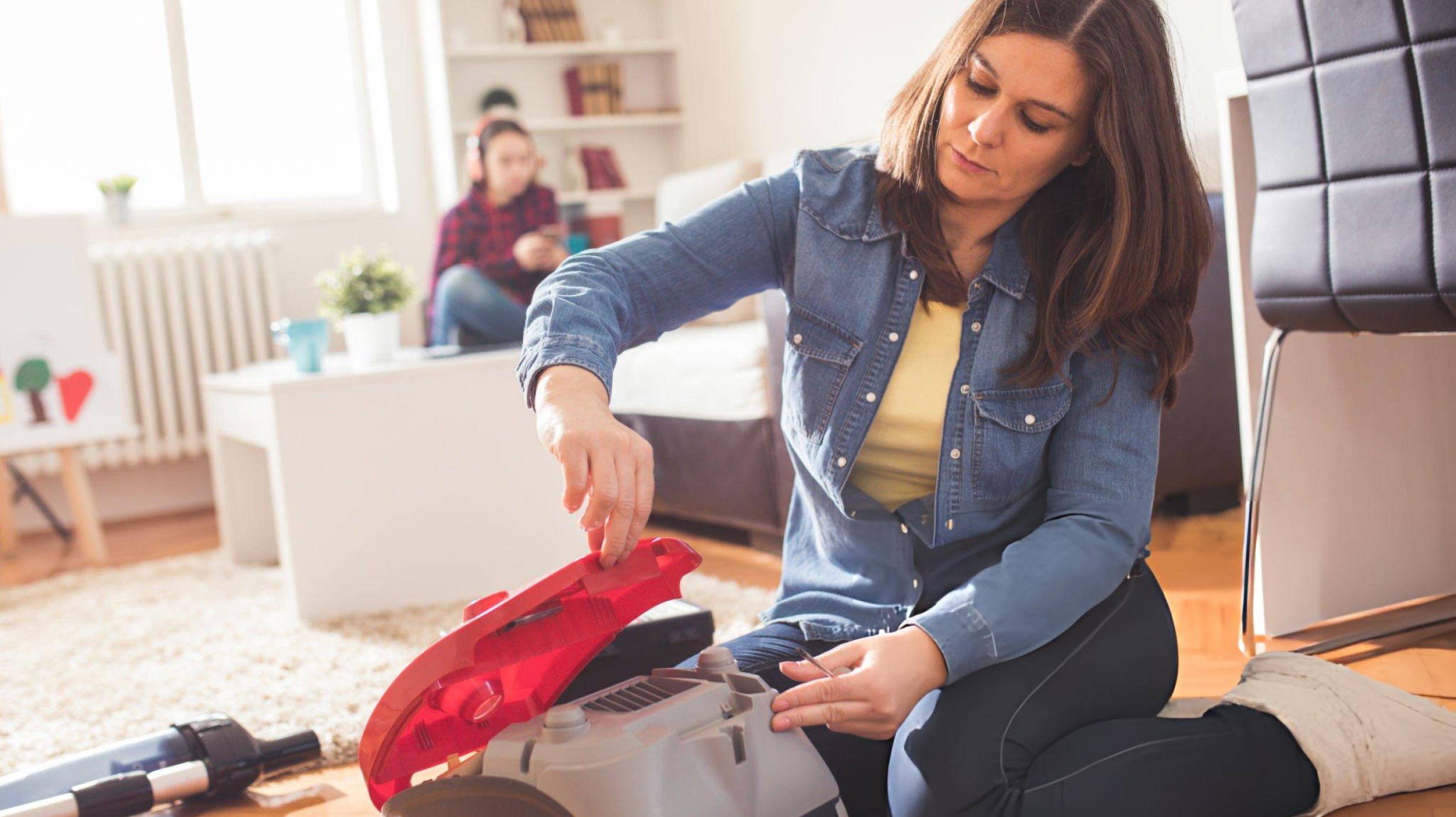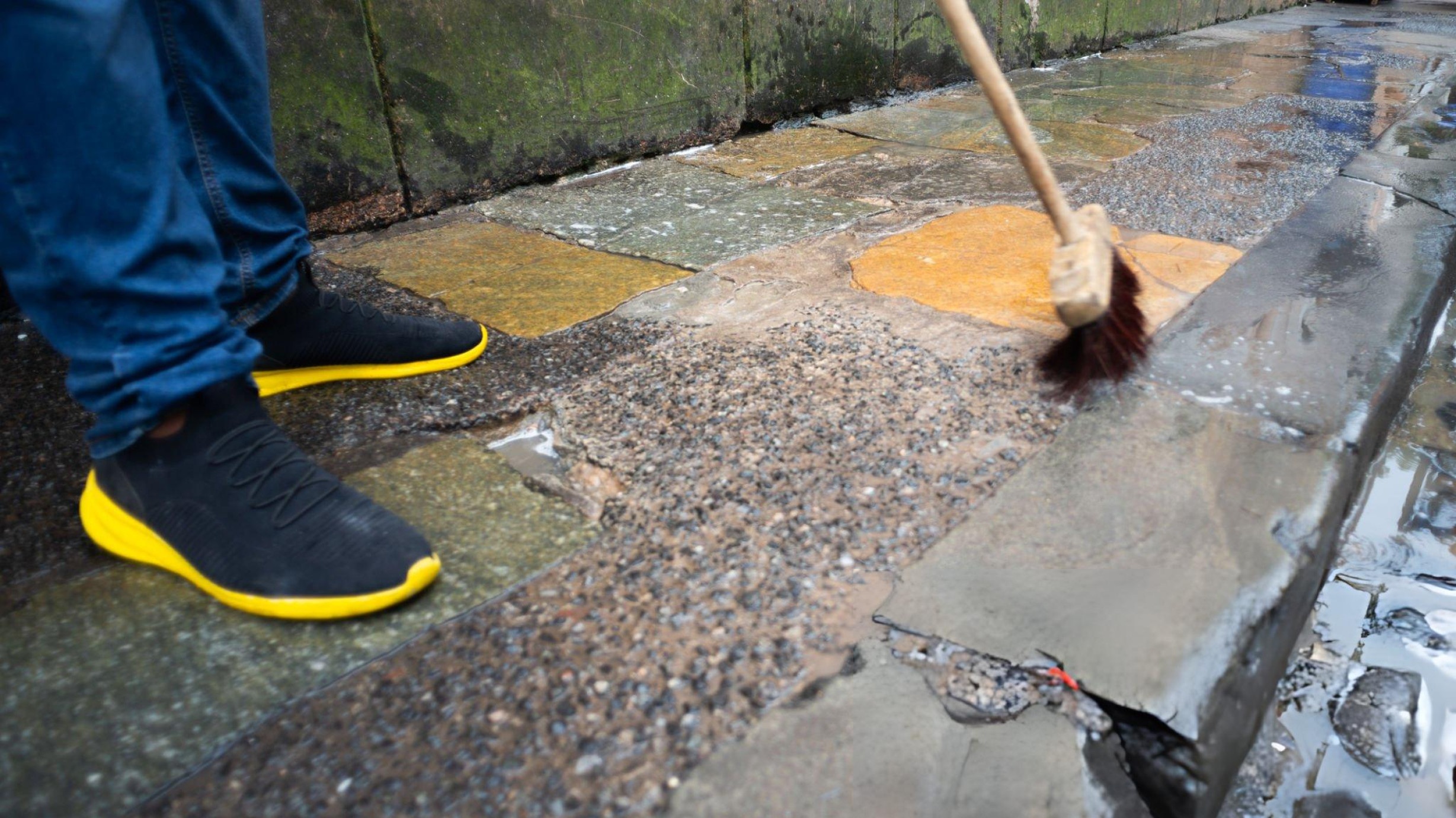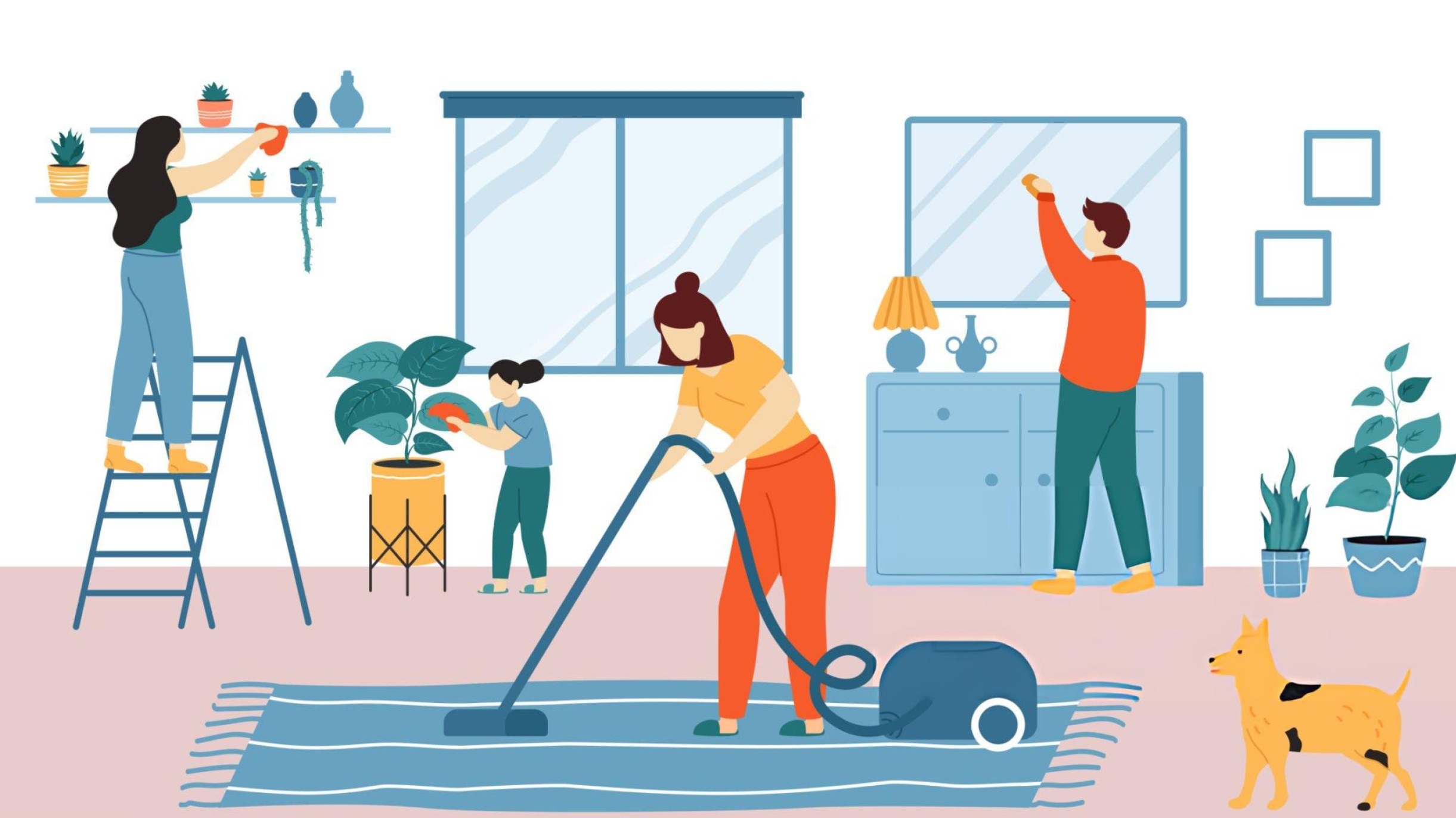In homes, dust buildup is unavoidable. Dust settles on surfaces such as shelves, countertops, and even places that are difficult to reach. It is unpleasant to see dust floating everywhere, even when cleaning is done. Keeping any home dust-free is a never-ending task, and choosing the right tool can make all the difference. JESUN is a professional industry manufacturer that specializes in cleaning tools and can cater to your specific cleaning needs.
For removing dust, Microfiber cloth and Swiffer dusters are two popular options for dusters that work like magic for capturing stubborn dust. Both offer unique benefits, but which is the best fit for your business? In this article, we’ll compare these two types of dusters, exploring their features, pros, and cons so you can seek the best products for your wholesale cleaning business.
目录
ToggleWhat are Microfiber Cloth Dusters?
First introduced in 1986, microfiber can be 100% polyester or a blend of polyester and polyamide, which gives it strength, flexibility, and high absorbency. The synthetic fibers of microfiber cloth are extremely fine, often less than 10 micrometers in diameter, making them effective for cleaning.
Their function is to trap dust and allergens on surfaces. These strands are strong and web-like, locking on dust particles due to static electricity, making them useful tools for dusting all surfaces. They are also reusable after washing. Microfiber duster is perfect for dusting and wet wiping as well.

Benefits of Using Microfiber Cloth Dusters
Unlike ordinary dusters, microfiber soft cloth has high-density fibers that lock in more dust and dirt. Other advantages include:
- Reusable and Eco-Friendly: You can wash microfiber cloths and reuse them various times. This reduces waste compared to disposable dusters.
- Effective Dust and Allergen Capture: Thanks to high-density fibers, these items can be used indoors without producing any allergens.
- Gentle on Surfaces: They are safe for delicate surfaces like electronics, wood, and glass and won’t scratch or leave streaks.
- Cost-Effective: Since they can be reused, microfiber cloth dusters offer long-term savings compared to single-use products.
Drawbacks of Microfiber Cloth Duster
While microfiber cloth dusters offer many advantages, they come with drawbacks.
- Requires Regular Washing: Microfiber cloths must be washed quite frequently to work at their best, which can be a hassle.
- Less Convenient for Quick Jobs: Microfiber cloths are not the best for grab-and-go dusting as they require a little more work to maneuver around high places or tight spaces than regular dusters or dusters with a long handle.
- Can Lose Effectiveness Over Time: The fibers can diminish with repeated use and washing, lowering their dust-trapping capabilities.
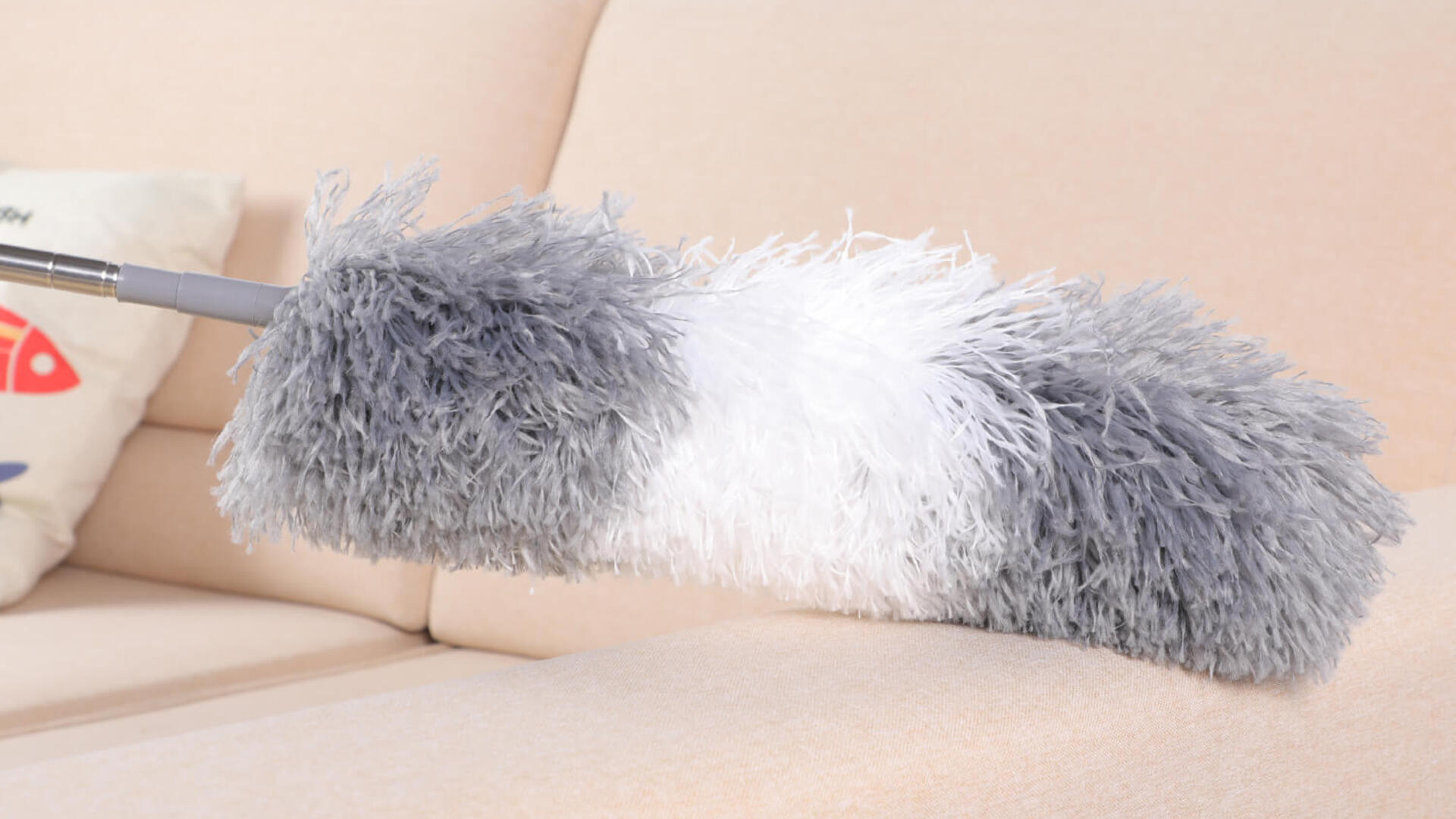
What are Swiffer Dusters?
Launched by Procter & Gamble in 1999, Swiffer Dusters is part of the Swiffer cleaning product line. This product line has played a very important role in revolutionizing the cleaning industry. With its target market consists of consumers who look for convenient, time-saving solutions.
They feature disposable dusting pads made of soft, electrostatically charged fibers that attract and trap dust, dirt, and hair. The soft, flexible fibers of Swiffer dusters allow them to reach into small crevices and tight spaces that are difficult to clean with traditional dusters. Swiffer dusters are especially popular for their ease of use and ability to reach tight or hard-to-clean spaces.
Benefits of Using Swiffer Dusters
Swiffer Dusters offers several benefits, making them a popular choice for dust-free in your home.
- Convenience: Disposable dusting pads can be tossed out once they’re full of dust, avoiding the need for washing and maintenance. This makes them ideal for people with busy schedules who want a quick and easy cleaning solution.
- Effective Dust Removal: The duster’s electrostatic dust-trapping ability traps dust, pet hair, and allergens, preventing them from being stirred back into the air.
- Easy to Use: Its simple assembly and ability to reach high or awkward spaces make it a convenient tool for quick cleaning.
- Allergy Sensitive: For allergic people, Swiffer Dusters are an appropriate option. With the “Trap & Lock” technology, the dust is absorbed by the pad instead of being sprayed around the area. Hence, few allergens are likely to be inhaled during cleaning operations, which improves indoor air quality.
Drawbacks of Swiffer Dusters
Despite their convenience, Swiffer Dusters have several drawbacks that may not make them the best choice for everyone.
Cost: One of the main issues is their cost. Because of the nature of dusting pads that are one-off use, you will need to frequently purchase replacements, which can add up over time, making them more expensive in the long run compared to reusable options like microfiber cloths.
Not Ideal for Large Jobs: Heavy cleaning or larger cleaning tasks are challenging with Swiffer Dusters. With time and use, the pad becomes saturated with dust and begins to draw less and less additional dirt. So, you must replace the pad frequently during a big cleaning session, which can be inconvenient.
Environmental impact: The disposable nature of Swiffer Dusters means that they contribute to landfill waste, especially if used regularly.
Microfiber Cloth Dusters vs Swiffer Dusters
Design
Microfiber cloth dusters are simple and reusable cloths. They are made from extremely fine synthetic fibers typically polyester and polyamide. The fibers are densely woven making a web-like structure. The microfiber dusters are generally washable and reusable, they usually come in square or rectangular shapes, allowing flexibility in cleaning surfaces.
On the other hand, Swiffer dusters feature disposable cloth made of polyester fibers coated with a resin binder. These pads are designed with electrostatically charged fibers. The Swiffer’s “Trap and Lock” technology attracts and locks dust, preventing it from stirring up in the air. With the lightweight handle, the user can reach high or tricky spots.
Dusting Capabilities
The extremely fine, tightly woven synthetic fiber of microfiber cloths is excellent at trapping dust, dirt, and small particles. They have an inherent electrostatic charge, however, the charge is much weaker than that of Swiffer dusters. They can effectively clean dust with repetitive motions over surfaces.
Swiffer dusters use electrostatic technology that allows them to pick up dust particles. However, they may not be as effective when used multiple times before disposal, as the dust-attracting capability decreases after each use.
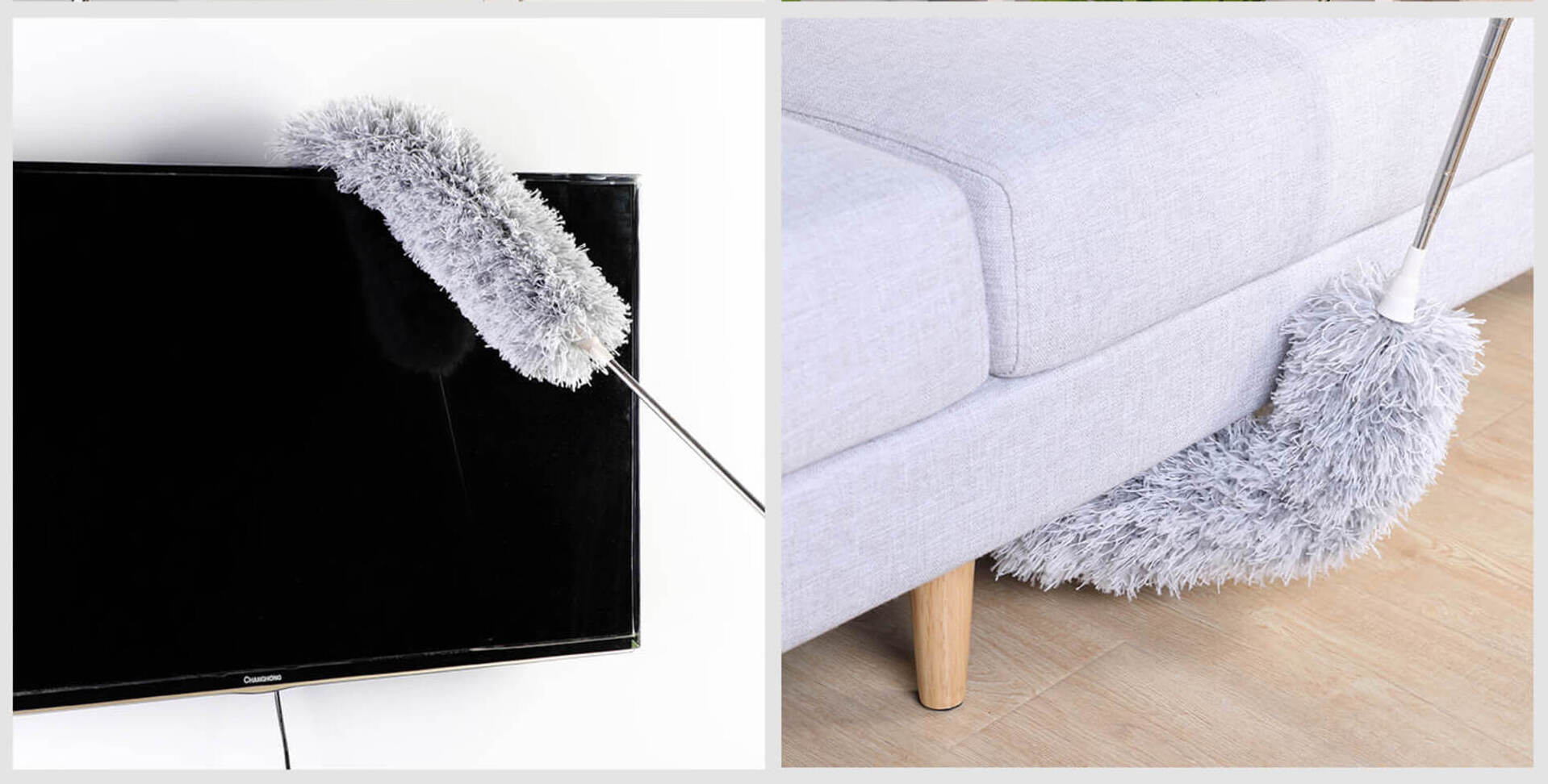
Reusability and Longevity
Unlike Swiffer dusters, which rely on disposable pads, microfiber cloths are built for repeated use, maintaining their dusting prowess even after many washes. Their long-term use helps minimize the frequency of required changes. On the other hand, Swiffer dusters are made to be used a few times and then disposed of. The pads need to be frequently replaced, which restricts their shelf life compared to microfiber cloths.
Environmental Impact
As microfiber cloth dusters are reusable, the waste is lower. Nonetheless, during the course of washing, microfiber cloths may release tiny plastic fibers which can contribute to water pollution if not handled properly.
Swiffer dusters use up more resources because every duster pad must be disposed of after each use. This results in more environmental impact because plastic and fiber debris are exponentially increased. The Swiffer dry sweeping cloths were given a “D” rating by the Environmental Working Group (EWG) which means it is hazardous for the environment.
Cost Analysis
Although the initial cost of microfiber cloth dusters may be higher, using them, in the long run, is cheaper because they can be used repeatedly. Swiffer dusters have a lower initial cost, but replacement pads are needed constantly, they become more costly in the long run.
Maintenance and Care
Microfiber cloths require regular washing to maintain their effectiveness. You can machine wash them but make sure to air dry them. Avoid using fabric softeners, which can reduce their dust-attracting properties.
Swiffer dusters, on the other hand, are low-maintenance as the pads are disposable. Once they lose their dusting capability, they are simply replaced, eliminating the need for washing or special care.

Which Duster is Best for Cleaning Your Business?
Upfront costs for microfiber cloths are relatively higher but they are cost-effective due to their reuse. Investing in a good set of microfiber cloths can be more economical over time, as you won’t have to worry about buying dusters frequently.
Initial investments in Swiffer dusters are lower than other options but the cost of replacing their pads is high relative to other products. For small households, specifically those on a fixed income, this need for replacement might make Swiffer dusters a less practical option in as compared to microfiber cloth dusters which only cost once.
For wholesale buyers, opting for microfiber dusters can also enhance cost-efficiency for their businesses by reducing operational cleaning costs in the long run. With over 38 years of experience, JESUN specializes in providing economical wholesale quality cleaning tools with OEM/ODM services with low MOQs. If you are a distributor, dealer, or seller, you can partner with JESUN for superior cleaning products at reasonable costs.
Conclusion
When it comes to choosing between microfiber cloth dusters and Swiffer dusters, the decision ultimately hinges on your lifestyle, values, and cleaning needs. If you prioritize sustainability and long-term cost-effectiveness, microfiber cloths are your best ally, allowing you to clean efficiently while minimizing waste. On the other hand, for those with busy schedules who value convenience, Swiffer dusters offer a quick and hassle-free cleaning solution that fits seamlessly into a fast-paced lifestyle.
References:
- Microfiber – Wikipedia
- Swiffer – Wikipedia
- Is A Microfiber Mop Better Than A Swiffer? (housedigest.com)
- EWG’s Guide to Healthy Cleaning | Swiffer Dusters, Unscented Cleaner Rating
- Microfiber pollution: an ongoing major environmental issue related to the sustainable development of textile and clothing industry | Environment, Development and Sustainability (springer.com)
- These Are The Best Swiffer Alternatives – The Eco Hub

